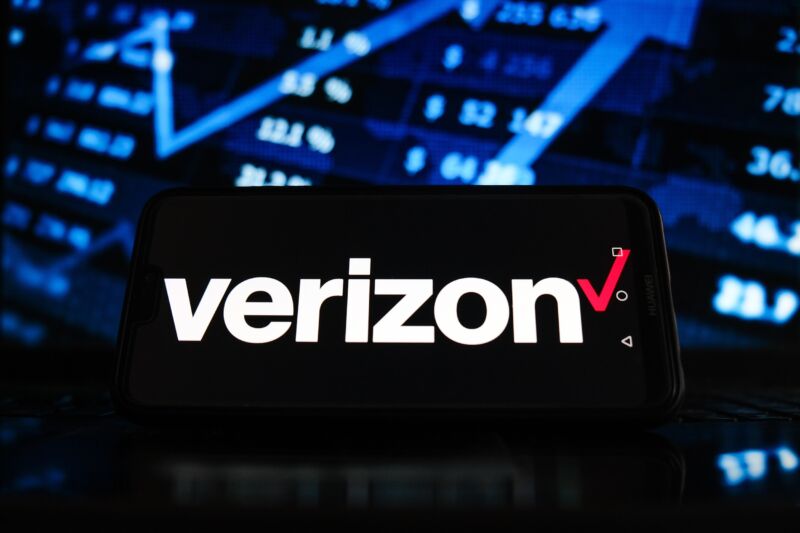IAB, or integrated access and backhaul, has been rather quiet lately. However, Verana Networks has announced today that Verizon will test its 5G IAB technology on its mmWave spectrum later this year.
In a nutshell, IAB designates the use of a portion of a network operator’s spectrum assets for wireless backhaul. By doing this, the operator can avoid spending money on backhaul fibre deployment at each base station. The operator must give up some of the spectrum it would typically use for mobile access, which is a drawback.
IAB is particularly helpful with the mmWave spectrum, according to Amit Jain, the chief commercial officer of Verana Networks, in an interview with Fierce. This is due to mmWave’s limited range, which forces operators like Verizon to build a lot of small cell sites to use mmWave for their 5G mobile service. But a lot of small cell sites require a lot of fiber if fiber is chosen as the backhaul technology.
And mmWave spectrum is often used in dense urban areas to increase capacity. But those locations are places where it’s especially disruptive and expensive to deploy fiber.
“Millimeter wave spectrum is abundant and inexpensive, but providing 5G coverage using this spectrum is cost-prohibitive today,” said Vedat Eyuboglu, CEO and co-founder of Verana Networks, in a statement. “To transform the economics of mmWave 5G deployment, Verana is building a mmWave 5G RAN solution with integrated multi-hop wireless self-backhaul.”
The radio hardware, software, and IAB are all part of Verana’s technological arsenal. In essence, we offer a full 5G RAN, as well as our management system and software CU, according to Jain.
The backhaul of Verana’s IAB is “multi-hop.” According to Jain, an operator would install a first cell site linked to fibre. The radio at that location can then look for neighboring Verana radios and offer wireless backhaul to them. Additionally, some radios have the ability to look for other nearby radios. It enables you to spread out a site’s capability over a huge area, he claimed.
IAB is a good fit for mmWave, according to Jain, because the spectrum “creates narrow beams.” This enables the carrier to efficiently allocate spectrum resources to provide only what is required for backhaul.
Asked about the reach of the backhaul before it starts to degrade, Jain said “it depends if you have line-of-site.” Each hop can be over a kilometer.
Verizon’s focus to date has been to use mmWave in high-density areas. But Jain said Verana also thinks its technology will work well on mmWave for fixed wireless access (FWA) services in less dense areas.
Jain said to his knowledge, no one else in the telecom industry is building an IAB solution for mmWave at this time.
Later this year, Verizon intends to conduct field testing using Verona’s technology.
“Millimeter wave spectrum is the cornerstone of Verizon’s 5G Ultra Wideband service, enabling faster speeds and enormous bandwidth,” said Bill Stone, VP of technology and planning at Verizon. The multi-hop IAB solution from Verana promises to improve the performance of our 5G network even further.
Verana has a strategic investment from Verizon Ventures, the venture capital division of Verizon. Verizon Ventures invested in each of Verona’s fundraising rounds, which totaled $43 million to far.


